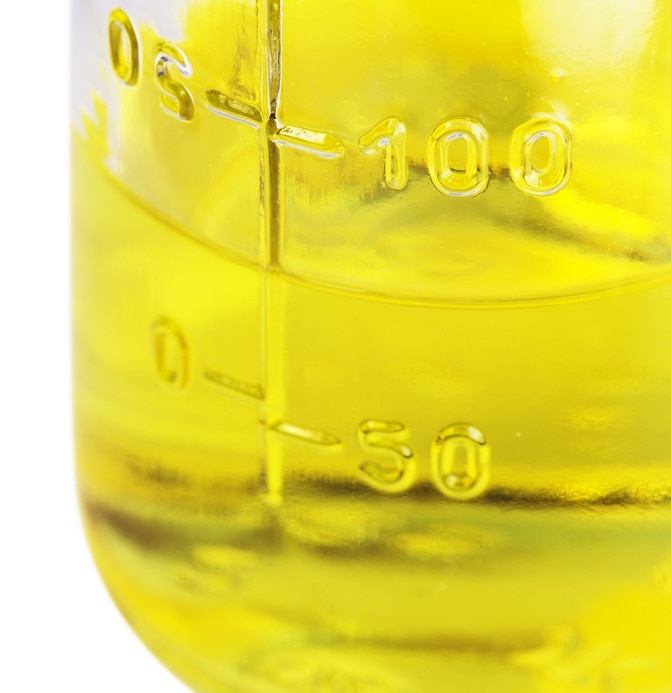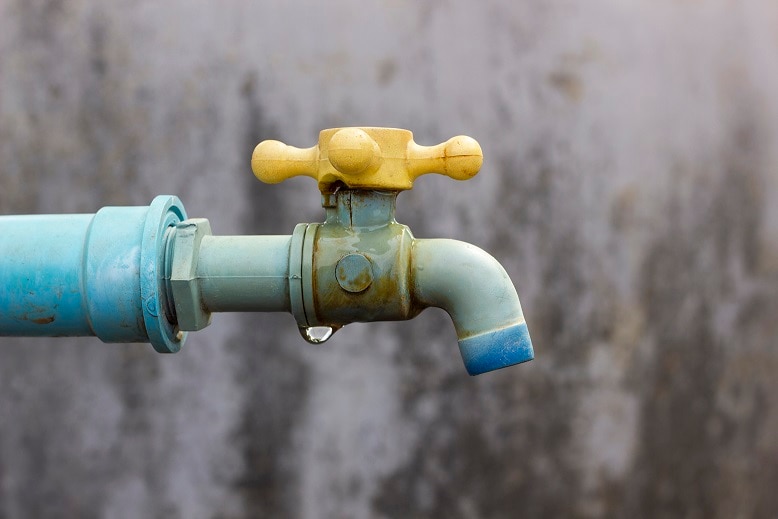Bladder function and the urinary system
The bladder and the urinary system
When the bladder and its supporting systems and functions work together as they should, you would feel the urge to go to the toilet when the bladder is about half-full.
The bladder is part of the urinary tract. The upper tract consists of the two kidneys, which lie in the lower back and are attached to the bladder by narrow tubes called ureters. Urine is produced in the kidneys and flows from the kidneys into the bladder via the ureters.
The bladder is placed in the lower tract together with the urethral sphincters (closing muscles) and the urethra (the tube that leads urine from the bladder to the outside opening). The bladder stores urine until the urethra carries it out of the body. This flow, from the bladder to the urethra, is controlled by the urethral sphincters, which open and close the bladder outlet. The sphincters are supported by the pelvic floor, which holds up the organs placed in the lower part of your body – almost like a sling.
The bladder and the urinary system
Bladder activity is regulated by the brain and the nervous system. The bladder is a sac-like muscle that can stretch and expand as it fills with urine. The net of muscles in the bladder has stretch receptors, which respond when the bladder begins to fill with urine. All the stretch receptors are connected to nerves, which send signals up through the spine to the brain that now is the time to urinate. If it’s convenient for a person to do so, then the brain sends the message back that it’s OK to release the urine.
When a person normally feels the urge to urinate, the first reaction is to squeeze the sphincter muscles, lifting the pelvic floor, in order to hold the urine inside the body until it’s convenient to urinate.
An average person urinates 4-8 times a day, and it’s important that the bladder is fully emptied regularly, as even a small amount of urine left in the bladder can cause urinary tract infections.
What is urine?
Urine is a waste product that is produced by the kidneys in their process of cleaning the blood and is made up of water and dissolved waste products. The waste products are substances that the body does not need and that can be harmful to our organs if accumulated in the body.
If the bladder or kidneys fail, urine builds up in the bladder and then there is a risk that the urine doesn’t go down into the urethra to be expelled from the body but instead moves upwards back to the kidneys.
Therefore, it is crucial that bladder and kidney problems are treated, in order for the urine to be expelled from the body regularly.
- The kidneys produce urine at the rate of about 30 ml an hour.
- Most people feel the urge to pass urine, when there’s around a cup (200 ml) of urine in the bladder.
- A normal bladder holds around 300-400 ml of urine.
- The average person produces 1,500 ml urine a day – but the more a person drinks, the more urine will be made.
- Most people pass urine 4-8 times a day, and sleep through the night.

Why ensure an empty bladder?
It is important that you empty your bladder 4-6 times a day, or as recommended by your doctor or nurse, and ensure that your bladder is completely empty each time.
Why? If you do not empty your bladder often enough, the urine can become stale. Bacteria in the urine will multiply, which may lead to an infection of your bladder or urinary tract. Letting your bladder get too full can overstretch your bladder wall, making it weak or unable to hold urine. It will increase pressure in your bladder with a risk of urine flowing back to the kidneys. Backflow of urine can lead to an infection or long-term damage of your kidneys. Increased pressure in the bladder may also lead to overflow e.g. urine leakages (incontinence).

